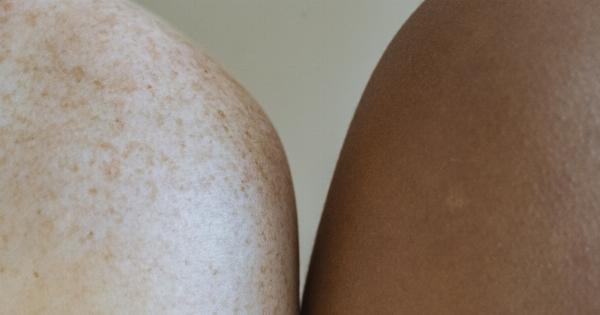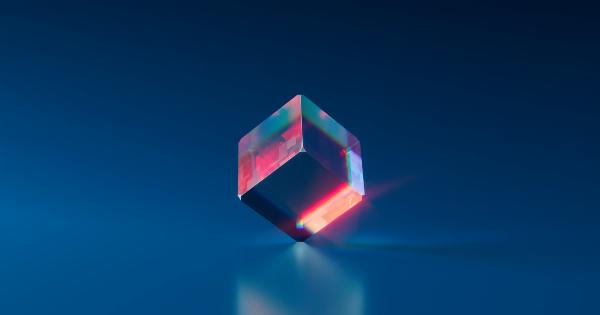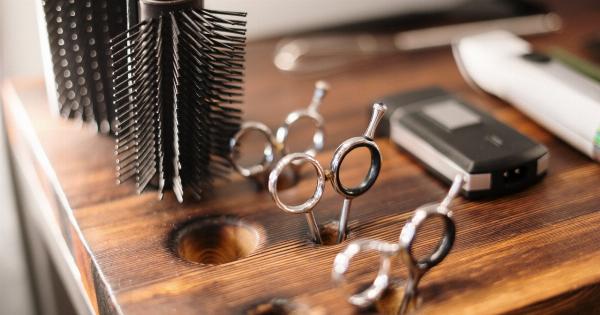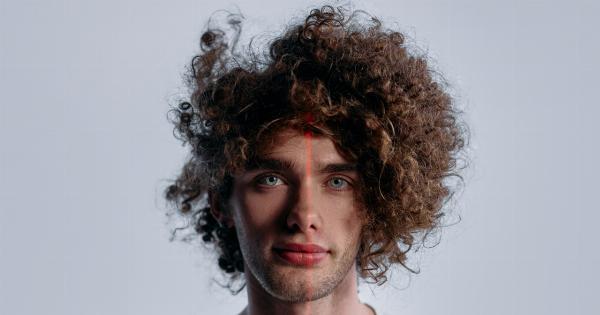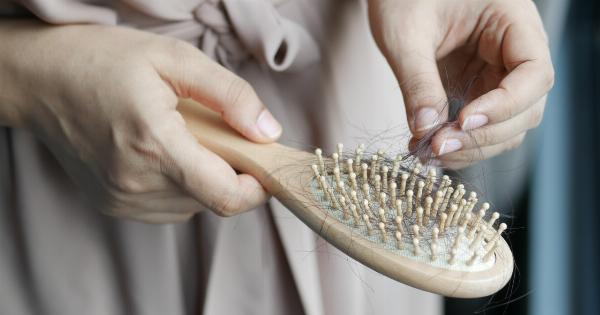When it comes to hair removal, there are numerous methods available for different parts of the body. From shaving to waxing, threading to laser treatments, each method offers its own pros and cons.
The key is to find the one that works best for you, considering factors such as skin sensitivity, hair type, and desired results. In this article, we will explore some of the most popular hair removal methods and discuss their effectiveness on various body parts.
1. Shaving
Shaving is one of the quickest and most convenient ways to remove hair, but it is only a temporary solution. It works well for areas such as the armpits, legs, and arms. However, shaving can cause irritation and stubble regrowth within a few days.
To minimize irritation, always use a sharp razor and a moisturizing shaving cream or gel.
2. Waxing
Waxing involves applying hot or cold wax to the skin and removing it along with the hair. This method provides longer-lasting results compared to shaving because it removes hair from the root.
Waxing is suitable for most areas of the body, including the bikini area, legs, arms, and face. However, it can be painful, especially for those with sensitive skin. Regular waxing sessions can lead to finer regrowth over time.
3. Epilation
Epilation involves using an electric device that plucks hair out directly from the root. This method can be used on various body parts, including the legs, arms, underarms, and bikini area.
While epilation can be uncomfortable, the results usually last longer than shaving. It is important to exfoliate before and after epilation to prevent ingrown hairs.
4. Threading
Threading is an ancient hair removal technique that uses a twisted thread to trap and remove hairs. It is commonly used for shaping eyebrows, but can also be effective in removing unwanted facial hair.
Threading is gentle on the skin and suitable for all skin types. However, it may not be practical for larger body areas due to the time-consuming nature of the technique.
5. Depilatory Creams
Depilatory creams are chemical-based products that effectively dissolve hair at the skin’s surface. They are typically used for areas like the legs, arms, and bikini area. These creams provide results that last slightly longer than shaving.
However, they may contain harsh chemicals that can irritate sensitive skin. It is essential to conduct a patch test before using them on larger areas of the body.
6. Laser Hair Removal
Laser hair removal is a semi-permanent method that uses laser technology to target hair follicles, inhibiting their growth. It is a suitable option for almost all body parts, including the face, underarms, bikini area, legs, and arms.
Laser hair removal offers long-lasting results, but multiple sessions are required for optimal effectiveness. It may not be suitable for individuals with lighter hair colors or darker skin tones.
7. Electrolysis
Electrolysis is a permanent hair removal method that involves passing an electric current through individual hair follicles to destroy them. It can be used on various body parts and is especially useful for small areas such as the upper lip or chin.
Electrolysis requires multiple sessions and can be time-consuming and expensive. However, it offers permanent results for those who are committed to the process.
8. Sugaring
Sugaring is a natural hair removal method that uses a mixture of sugar, lemon juice, and water to remove hair. It is similar to waxing but may be less painful and gentler on the skin due to the natural ingredients.
Sugaring can be used on any body part, including the face and bikini area. It provides results comparable to waxing, with hair regrowth becoming finer over time.
9. Plucking
Plucking involves manually removing individual hairs using tweezers. It is commonly used for shaping eyebrows or removing stray hairs on the face. Plucking is not suitable for larger body areas as it can be time-consuming and lead to ingrown hairs.
Nevertheless, it offers precise hair removal and allows control over shaping brows or other facial features.
10. Prescription Creams
Prescription creams, such as eflornithine hydrochloride, can be used to slow down the growth of facial hair in women. They work by inhibiting an enzyme necessary for hair growth.
These creams are typically applied twice a day and may not provide significant results for other body parts. It is important to consult a dermatologist before using prescription creams.
It is crucial to remember that each person’s hair removal journey is unique. What works best for one may not be ideal for another. Consider factors such as pain tolerance, skin sensitivity, cost, and the time commitment needed for each method.
Experimenting with different hair removal methods can help you find the best solution for your specific needs.

